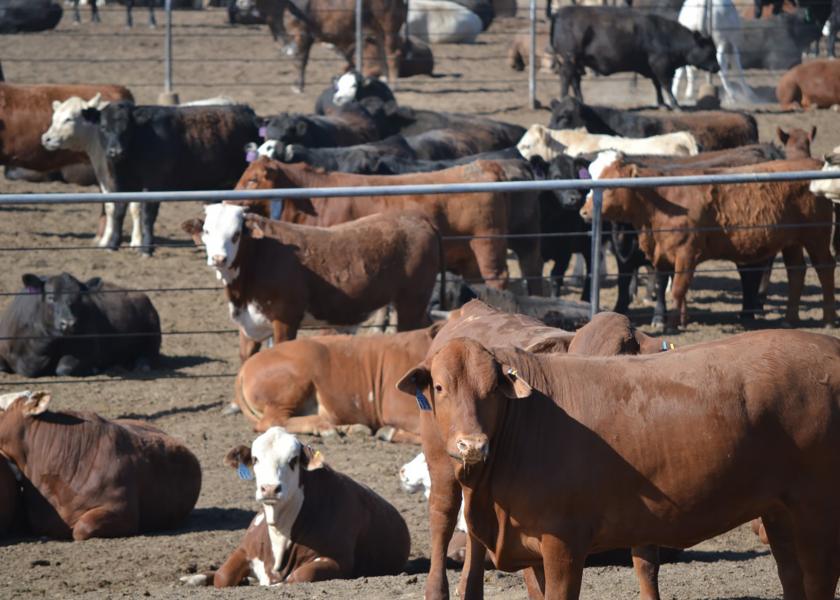Bovine Respiratory Disease in Our Best Cattle During Finishing

Bovine respiratory disease (BRD) is still a serious threat to the economics of beef production accounting for $800 to $900 million in losses from death loss, treatment cost, and reduced production. We have better antibiotics, vaccines, and management to help prevent and treat BRD than we did 25-years ago, even yet from 1999 to 2011 feedlot death loss increased 23% from 1.3% to 1.6% and BRD pull rates have not improved.
At the same time, our genetics have gotten better with decreased birth weight, increased growth rate, increased feed efficiency, and increased carcass quality. There have been observations of increased BRD at later days on feed (after day 45 of finishing) for high-performing, genetically superior cattle, even those going through a preconditioning program. This is a problem because if death occurs there have been more resources invested in the animal during the feeding period than a calf with earlier pulls.
Data from a feedlot in Kansas were evaluated for the timing of BRD pulls in groups of both high-performing and high-risk calves on a lot level at the feedlot in Southwest Kansas. High-performing calves were categorized based on performance potential and carcass characteristics.
High-risk calves were categorized based on administration of a mass-treatment antibiotic at arrival processing (which is usually based on risk-factors such as length of haul, state and salebarn of origin, shrink and bodyweight on arrival and other subjective indicators or stress). The high-risk group averaged 3.15 lb/day average daily gain during finishing with feed efficiency of 6.9 pounds of feed per pound of gain, compared to average daily gains of 3.4 lbs/day and feed efficiency of 6.6 pounds of feed per pound of gain for the high-performing category.
The high-risk group had overall BRD morbidity and mortality of 15.1% and 4.8%, respectively, compared with morbidity and mortality of the high performing group of 12.8% and 2.5%, respectively. High-performing calves had BRD occurring later in the feeding period compared with high-risk calves with the percentage of BRD cases before 45 days on feed of 33.7 for high performing and 67.2% for high risk calves. Cattle that developed BRD had lower ADG through the first 30 days on feed compared with clinically healthy cattle.
The authors concluded that morbidity caused by BRD in high-performing cattle is greater than expected and desired. Timing of BRD morbidity occurs at later DOF in high-performing calves compared with high-risk calves. Incidence of BRD occurred at ≥45 DOF in all 3 feedlots evaluated.
Additional research is needed to identify potential causes of BRD morbidity during the mid to late finishing period. The beef industry must work collaboratively to better understand the health issue and potential implications up and down the supply chain.







